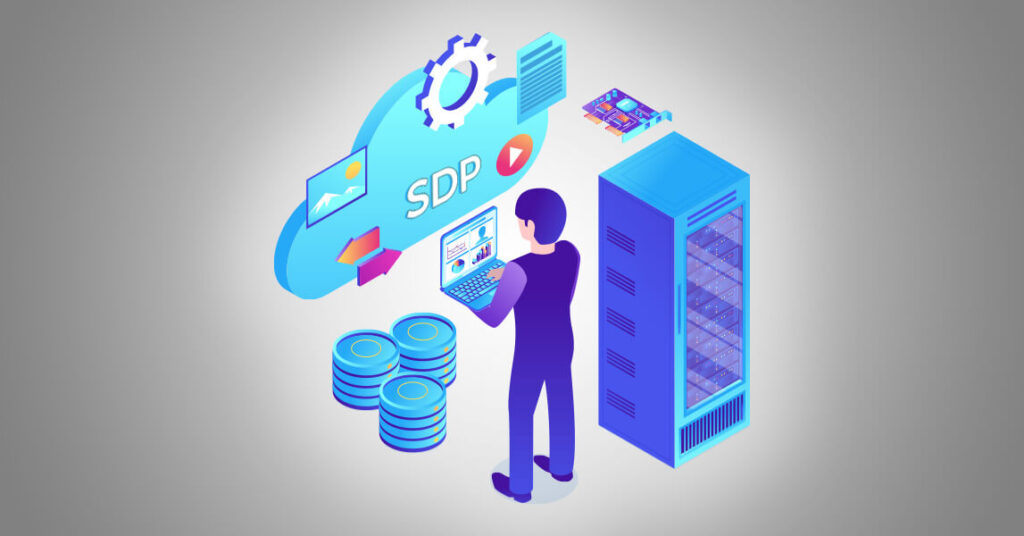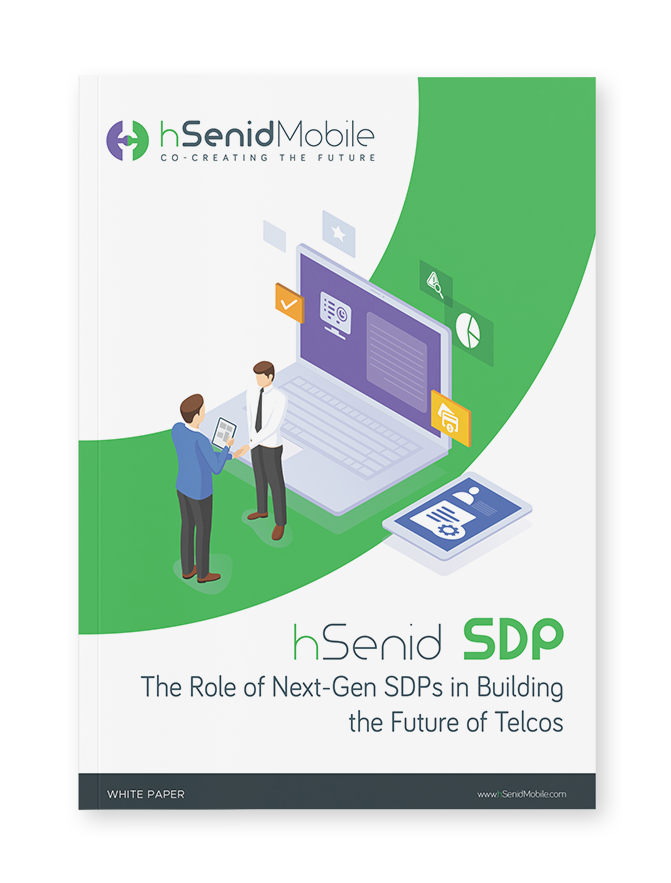In an era where digital transformation is not just an option but a necessity,
the role of Service Delivery Platforms (SDPs) is becoming increasingly
critical. These platforms are the backbone of the telecommunications industry,
facilitating the rapid deployment of services, enhancing customer experience,
and opening new revenue streams for operators. As we navigate through 2024,
let’s dive into the latest trends in service delivery platforms and how they
are shaping the future of telecommunications.
As we delve into the multifaceted features that modern SDPs bring to the table, three key aspects stand out, each playing a critical role in redefining how telecommunication services are delivered, managed, and optimized.
The Evolving Landscape of Service Delivery Platforms
The evolution of Service Delivery Platforms is a testament to the telecommunications industry’s commitment to meeting the ever-changing demands of consumers and businesses alike. These platforms are evolving to offer more than just voice and messaging services. They are becoming comprehensive ecosystems that support a wide range of services, from digital payments to IoT applications, enhancing the way we connect, communicate, and conduct business. Having observed these changes closely, I can affirm that the telecommunications sector is indeed undergoing a significant transformation, with SDPs playing a pivotal role in this new era. These platforms are breaking traditional boundaries, incorporating advanced technologies to offer comprehensive services, and becoming instrumental for Telcos to adapt to new market dynamics and customer expectations.As we delve into the multifaceted features that modern SDPs bring to the table, three key aspects stand out, each playing a critical role in redefining how telecommunication services are delivered, managed, and optimized.

Centralized Management and Versatile Service Creation
At the heart of modern SDPs lies their intrinsic ability to offer centralized management coupled with versatile service creation environments. This dual capability is a game-changer for Telcos and aggregators, providing them with a unified platform that streamlines the orchestration of various services. Whether these services are developed in-house or sourced from third-party developers, the centralization ensures that management is coherent, efficient, and scalable. It’s not merely about having an extensive array of services; it’s about managing these services in a way that’s streamlined, efficient, and inherently adaptable to evolving market demands and technological advancements.Enhanced Revenue Streams and Analytics
Another pivotal aspect of contemporary SDPs is their ability to open new revenue streams and provide detailed analytics. The integration of Charging as a Service (CaaS) APIs allows for the incorporation of various charging mechanisms, enhancing the user experience and potentially increasing transaction volumes. Furthermore, the analytics capabilities of platforms like hSenid SDP offer deep insights into the performance of services, user trends, and network asset utilization, enabling data-driven decision-making and strategic marketing. Moreover, the sophisticated analytics features inherent in platforms like hSenid SDP shed light on a wealth of performance metrics, user engagement trends, and network asset utilization. This wealth of data is instrumental for Telcos, providing them with the insights needed to make informed decisions, tailor their marketing strategies, and fine-tune their services for optimal performance and user satisfaction.Seamless Migration and Testing
The transition from test environments to live deployment is a critical phase in the service lifecycle. Modern SDPs provide comprehensive simulation environments that allow for extensive testing without the need for a live network. This not only reduces costs but also ensures that services are robust and market-ready before their official launch. This advanced feature is particularly emblematic of platforms like hSenid SDP, which facilitate a seamless and cost-effective transition from concept to market. By enabling thorough testing and validation processes, these platforms ensure that services are not only technically robust but also finely tuned to meet user expectations and market requirements, all while mitigating the risks and costs associated with live environment testing.Introducing hSenid SDP: A Next-Generation Platform
In this context, hSenid SDP emerges as a noteworthy mention. This platform exemplifies the next generation of service delivery platforms, offering a comprehensive suite of features that cater to the needs of today’s Telcos. With its RESTful APIs and versatile Service Creation Environment, hSenid SDP simplifies the application development process, facilitates the transition to a service-oriented architecture, and empowers Telcos to monetize their existing assets effectively.In Conclusion
This blog post delves into the significant role and evolving nature of Service Delivery Platforms (SDPs) in the telecommunications industry in 2024, highlighting their critical importance in supporting digital transformation. It emphasizes how SDPs have transitioned beyond traditional services to become integral ecosystems supporting a variety of digital services, thereby enabling telcos to meet changing market demands and customer expectations.Key points include the transformation of SDPs to offer centralized management and versatile service creation, allowing telcos and aggregators to efficiently manage and scale a wide array of services. The future of Service Delivery Platforms in 2024 is bright and promising, with hSenid SDP leading the charge in innovation and service excellence. As we witness the continuous evolution of these platforms, it’s clear that they are not just a technological necessity but a strategic asset for Telcos aiming to thrive in a competitive digital landscape. With platforms like hSenid SDP, Telcos are not just adapting to the future; they are actively shaping it, creating a dynamic, responsive, and customer-centric digital ecosystem.








